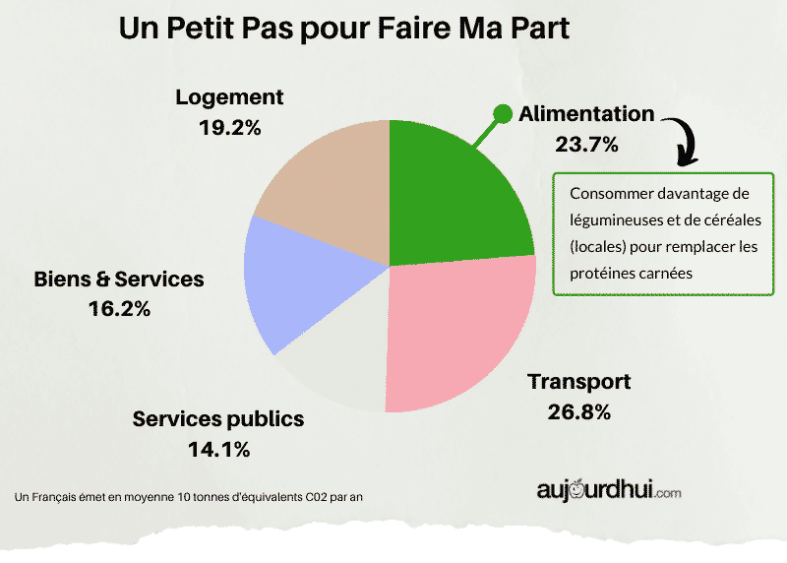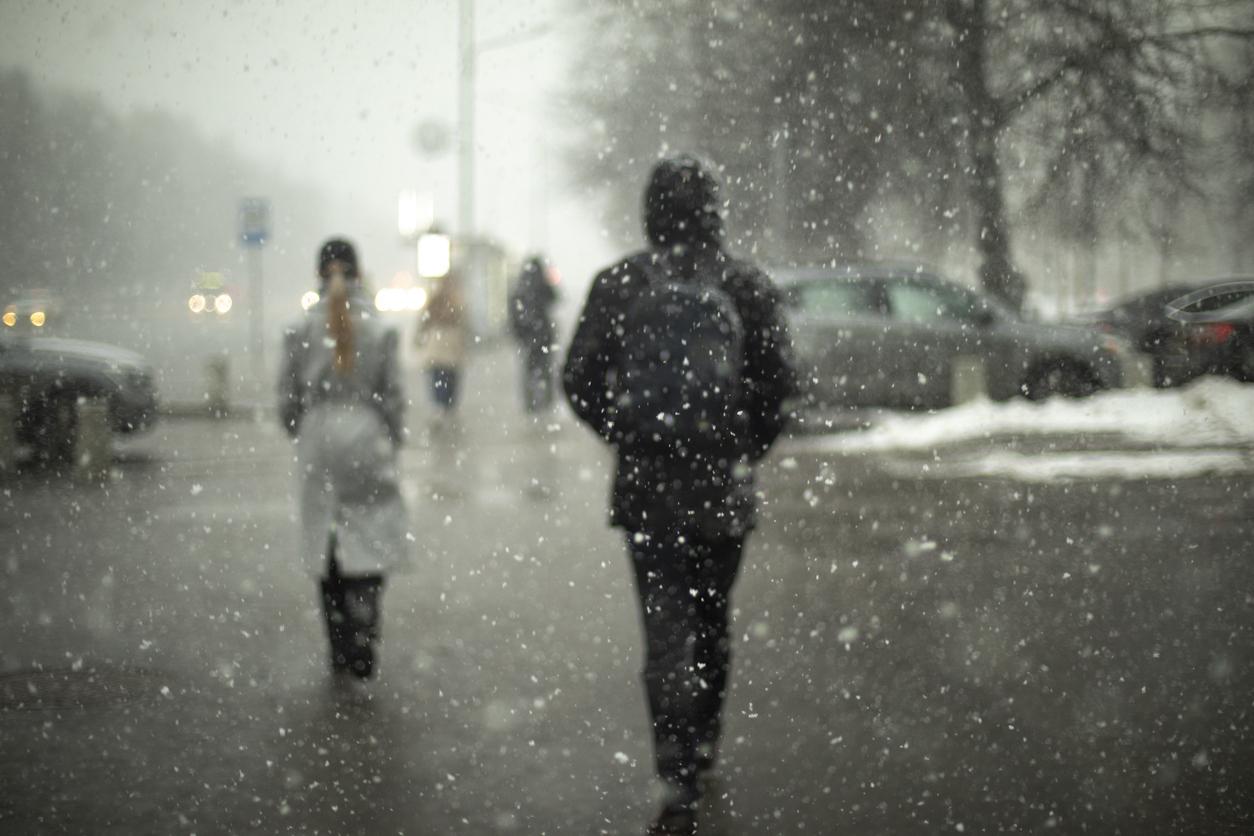
It’s madness around winter and 4-season tires! The new law, which requires to be equipped between November and March in several departments, put a spotlight on these gums. Who should wear them? Which tires to choose? What are the good deals to be had? Argus guides you.
Special equipment becomes compulsory in France in around thirty departments located in mountainous regions, between the months of November and March. If the government has announced a year of tolerance to “do education” with motorists, the latter are already equipped in number. According to the Syndicate of Tire Professionals (SPP), the TC4 tire market (passenger car, van, 4×4) grew by 8.3% over the first 9 months of the year. An improvement that particularly benefits winter tires and especially 4 seasons.
Good sales
Sales of more versatile all-season tires have climbed 60.1% year-to-date. Their market share has even doubled in 2 years. They now represent nearly 2 out of 10 tires sold in France. They perform throughout the country, even in departments where winter equipment is not compulsory, for example in Ile-de-France or in the North.

As for winter tires (3PMSF), their market share is eroding slightly compared to 2019 and the number of envelopes sold is also down (- 11.2% compared to 2019). “ The Montagne II law helped to accelerate a change in the mix initiated 5 years earlier. With the new obligations, professionals are not selling more tires. They sell more all-season and winter tires, but fewer summer tires »Explains Régis Audugé, Director General of the SPP.
On the same topic :
- Winter tires. The most recommended models in 2021
- Winter and 4 season tires. What’s new for winter 2021-2022
French people in the dark in the face of the Mountain Law 2
If more than 8 out of 10 French people see the new Mountain Law favorably, the latter is also criticized for its lack of clarity. And for good reason: not all municipalities located in mountainous areas are ultimately affected by the measure. They were selected by the Prefects (see the list of municipalities) who have sometimes chosen to make special equipment compulsory in around ten towns while the department has around a hundred. Ads that plunge motorists into the fog.

Moreover, according to a survey carried out for the online tire comparator Rezulteo, 36% of motorists already equipped with all-season tires (legally authorized) have planned to switch to winter tires. And nearly 4 out of 10 motorists who are used to chains or socks (also authorized under the Mountain Law II) will also be fitted with snow or all-season tires for ” comply with the law »When they already are!
TO READ. Winter tires, chains, socks, driving on snow: our advice
Winter or all-season tire: at what price?
To the question: winter or all-season tire, which one to choose? The answer depends on your usage and region! The first choice necessarily involves changing gums and therefore storing them, as soon as the temperature rises above 7 ° C.

From a price point of view, the difference is no longer as significant between all types of envelopes. Average tire prices fell 5.8% in the first 9 months of the year, and all-season and winter tire prices rose 1.2% and 1.8% respectively. ” The average price difference between the summer tire (€ 81.7) and the all-season tire (€ 88.1) is only € 6.5. It is more marked between the summer tire and the winter tire: € 14.7 »Explains the SPP which ensures that this price leveling is to the advantage of All Season tires.
TO READ. Winter, snow and all-season tires. Good deals and current promotions
“The complete equipment of a vehicle with an All Seasons tire potentially costs only € 26 more on average to the motorist concerned by the Mountain Law II. Buying a set of snow chains is no better. All the more so since chains obviously do not provide the same level of safety in winter as 4 3PMSF tires in permanent contact with the road and their fitting can be restrictive.
Dominique Stempfel, President of the SPP“














